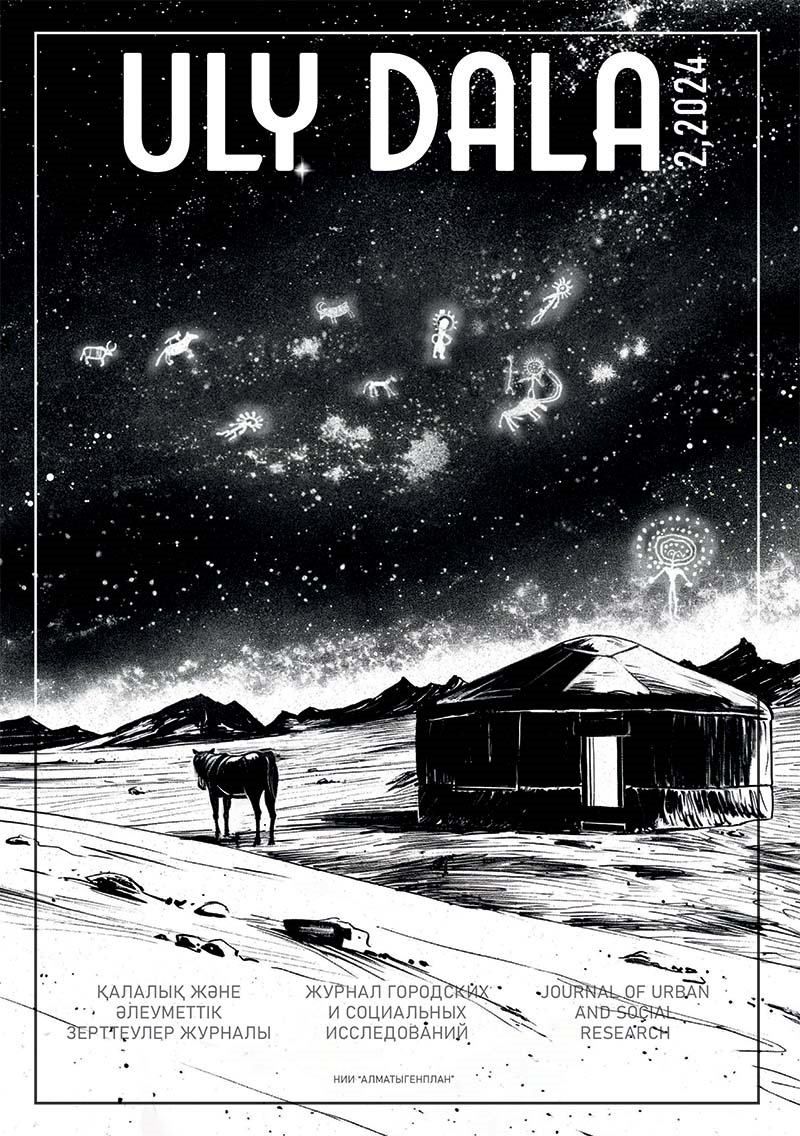Between the City and the Steppe: the narratives and practices of the revival of horse herding and equestrian games in Kazakhstan
Keywords:
ethnography, horse herding and horse farming, equestrian sports and games, tradition, revival, invented tradition, decolonial turnAbstract
In recent years, because of the developments in horse herding and horse farming, horse population in Kazakhstan has been rapidly growing. Since ancient times, horse breeding, especially horse herding, has been a distinctive feature of steppe life, the organization of space, and has reflected the processes of building hierarchies in society. At the same time, there has always been a zone of conflict and complementarity between sedentary life — the city — and nomadic steppe life, the embodiment of which were herds as a living passionate force, as a symbol of wealth and control over territory. This article is devoted to the narratives of the revival of horse breeding in the spirit of the «postcolonial and decolonial turns». It considers the revival of horse breeding as a «decolonial option» that appeared among people after the collapse of the Soviet Union. Many informants associate horse breeding with national tradition and consider themselves «continuers» of the tradition of their ancestors. However, today’s horse breeding is already a revival and reinvention of tradition in new conditions, which is reflected in the size of herds and in production formats: if earlier a horse was a value in itself, now the value is the services or products of horse breeding — horse meat and kumys. Nevertheless, in addition to the obvious meaning in the form of business, horse breeding and participation in kokpar allows people to participate in the rhetoric and discussion of tradition, and also to have the additional authority of “keepers of tradition.
Downloads
Published online
Issue
Section
License

This work is licensed under a Creative Commons Attribution-NonCommercial 4.0 International License.

